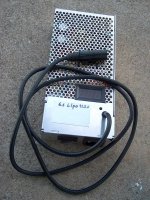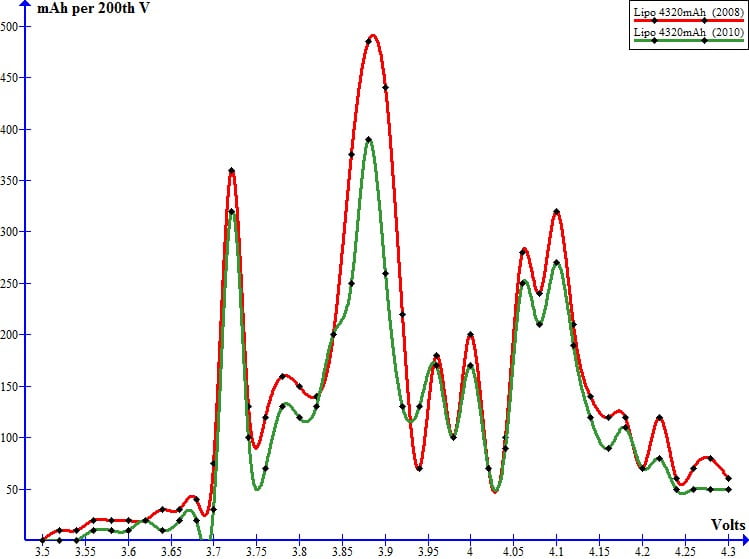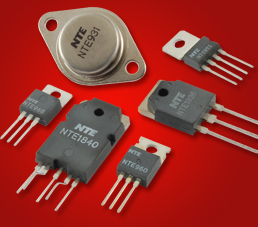Bulk Charging Review
Lithium ion cells, at moderate rates, will discharge and charge at near 100% efficiency.
This means that batches of cells will tend to charge in the same manner as they discharge.
= Pack will bulk recharge all banks to same equal voltage they began with.
The ideal pack would be constructed of cells of identical manufacture, each cell of equal capacity, age, condition etc.
Nearly impossible with recycled cells.
So ... target should be to produce banks of equal capacity. See -
Bulk Capacity Testing
and
If multiple brands of cells used, each bank should be constructed of a representative sampling of each type.
(This helps keep banks of similar IR! Keeping banks equalized during various discharge rates.)
If matched closely, each bank of a pack should begin precisely equal in voltage.
When "fully discharged" (discharged to optimal DOD = possibly 3.7V) at moderate rate, all banks should still be of nearly identical voltage.
Now ... If charged at moderate rate (<.5C for laptop cells) all cells should recharge to the same beginning equal voltages between banks.
Especially with large packs, if banks are not equal at optimal DOD, adding cells to any weak bank will help equalize pack.
Pack should be fully charged 1st, then fully charged cells added.
Or, any stronger bank should have cell-cells removed and added to weaker bank-banks.
Repeat process till banks equalized.
Safety!
Monitor voltages at full and empty!
Especially during preliminary cycles!
Avoid!:
Excessive discharge rate (not >.5C sustained)
Deep discharges (not below ~3.7V per bank - dependent on cell characteristics see -
Capacity Mapping )
Excessive charge rates (Keep below .5C)
Excessive charge voltage (4.20V per cell is maximum, some cells seem designed for 4.10V, lower voltage greatly increases usable life!) See -
Optimal Charge Voltage
Most important, any self-discharging cells must be eliminated!
Self-discharging cells will cause their bank to continually bleed down, unequalizing-unbalancing the pack.
Making bulk charging ineffective and dangerous!
Bulk chargers
Your bulk charger should be a CC\CV type.
Constant Current\Constant Voltage
Charger - power supply should be amperage limited to <.5C (for laptop cells) and have sufficient rating-cooling to maintain output continuously.
It must also be voltage limited to the packs target maximum voltage.
When attached the charger will provide the maximum amps, but voltage will sag well below the set target voltage.
As the battery is charged, target voltage will be attained and as it is, the current-amps supplied will diminish to a near ... final 0.00A.
Power supply must be current-Amps regulated ... or it will likely overheat and "burn up", component failure or worse.
Effectively, bulk charging is a relatively safe, inexpensive, effective charging method.
Highly dependent on each bank being of similar condition and capacity ...
with no self-discharging cells!!!
Ideally, discharge and charge rates should be similar.
EG 30Ah pack - discharging at 15A and recharging at 15A.
I try to insure that typical discharge is below .5C and with brief surges not exceeding 1C, better for cells, efficiency and lifespan.
Capacity must be actual capacity ... not original rated capacity!
C rate also should be calculated by actual, rather than original, capacity.
EG Over 3 years, with 25.9V 25.92Ah recycled build, I noted a marked decline in capacity with a nearly identical decline in IR (Internal Resistance) numerically higher - more resistance - lower performance.
Heat production, voltage sag etc. seemed based on actual rather than rated AH, of the build.





